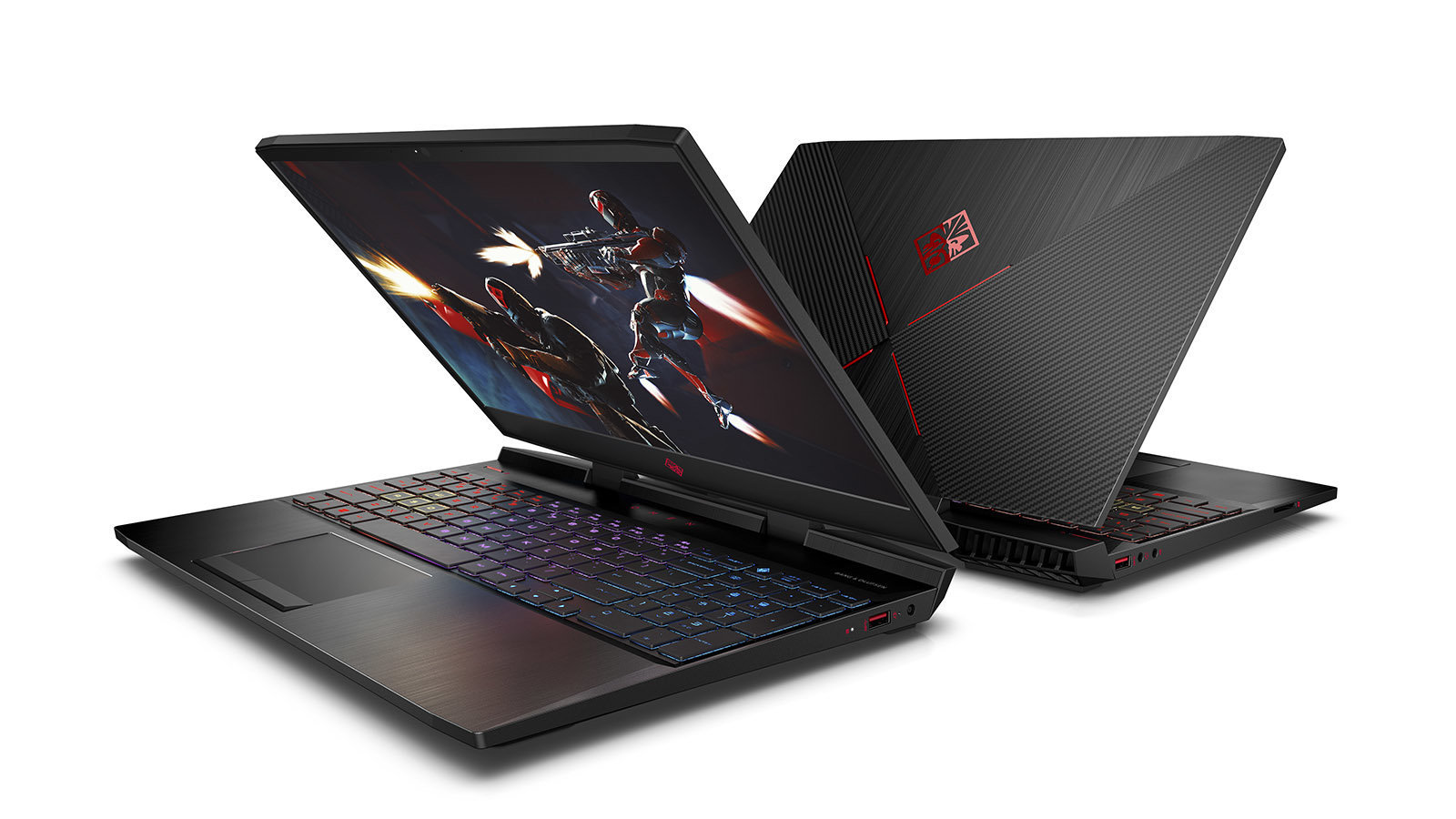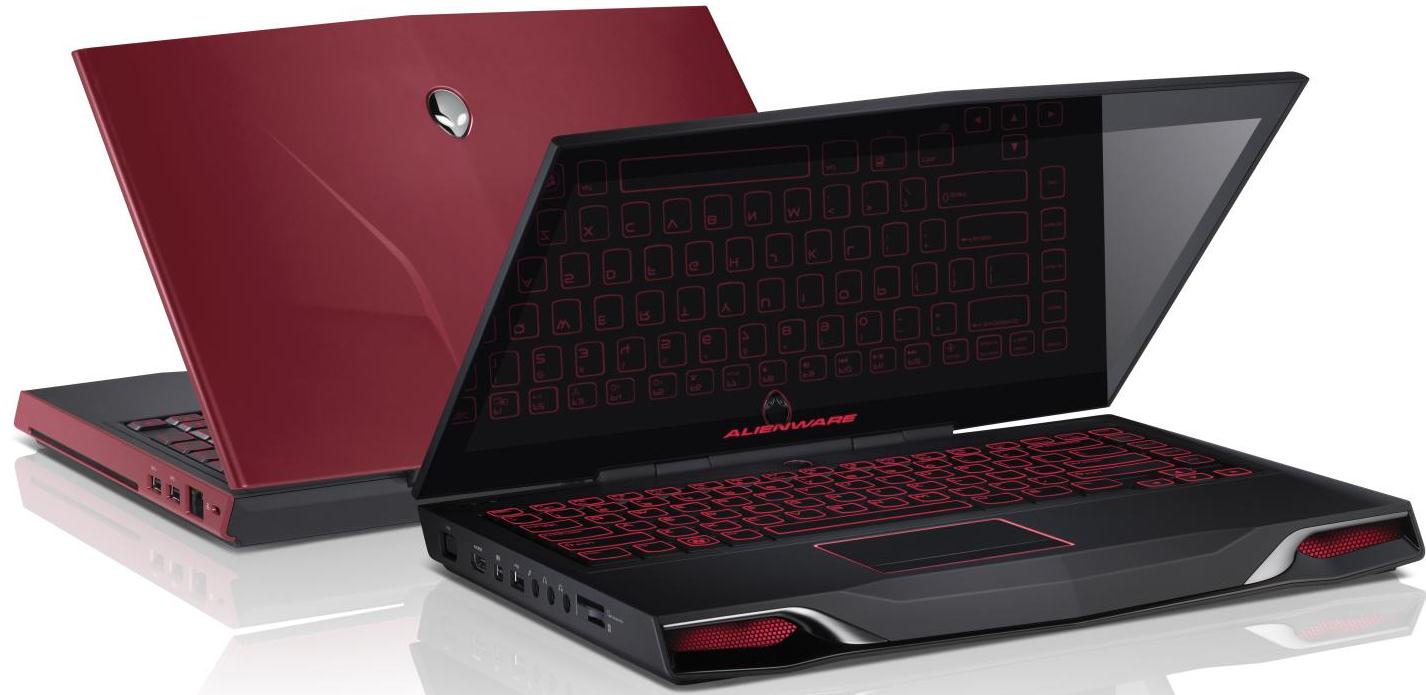
It would be presumptuous to answer that question. You might consider your old Eee PC 701 a gaming laptop–after all, you can play the original Duke Nukem and the original Fallout series on it along with lots of other great classics.
And a laptop certainly doesn’t need to have an Alienware or Asus Republic of Gamers logo on it to be capable of more than World of Warcraft with decent quality settings (although it certainly doesn’t hurt). However, lately the standards seems to have changed for when it’s OK to market a laptop as a gaming model.
For example, MSI launching the new GE620 and GR620 while waving a “blazing performance gaming” flag is somewhat exaggerated considering that the GR 620 doesn’t even have a dedicated GPU. Another borderline case is Fujitsu’s Lifebook NH751 desktop replacement; while it’s equipped with an Nvidia GeForce GT 525M, which is a decent mid-range GPU, but not one that will let you play new 3D titles with all the eye-candy turned on.
At the other end of the argument there are laptops that are not marketed as gaming laptops but are more than capable. One example is the new Dell XPS 17, which is available with a 3GB GT 555M and an Nvidia 3D Vision kit, making it quite a potent gaming machine. Of course, Dell has good reasons not to target gamers with their XPS brand since they also own Alienware.
HP is another matter–the company doesn’t have an official gaming lineup, but several laptops that are more than capable of high-end gaming. Not only the premium Envy series is powerful enough for the latest games, but recently the Pavilion series have become strong contenders. After the Sandy Bridge upgrade, both the dv6t Select Edition, Quad Edition and dv7 Quad Edition have been given an (optional) upgrade to a Mobility Radeon HD 6770M–a powerful upper mid-range card that plays all recent titles at medium or high detail settings in native resolution.
On the whole, there is some merit to categorizing more laptops as gaming capable. The capabilities of new mid-range GPUs are increasing faster than what new games demand from them. Even a budget offering like the 4820TG can play Crysis with fluid frame rated. On the downside, it’s getting harder to distinguish between hype and reality in the marketing tactics from some manufacturers.
So, what’s the point of the story? It’s mainly to point out the importance of looking up the capabilities of the graphics card in any laptop you plan on buying. As far as gaming goes, it’s the GPU that matters–whether it’s a dual-core Intel Core i5, a quad-core Core i7 or an AMD processor is much less important.





